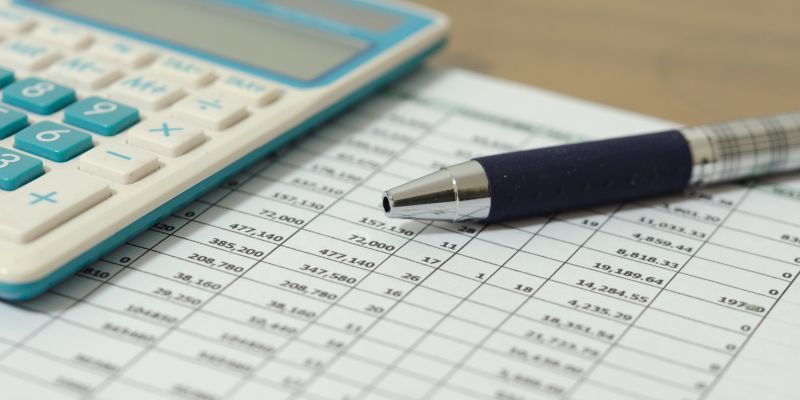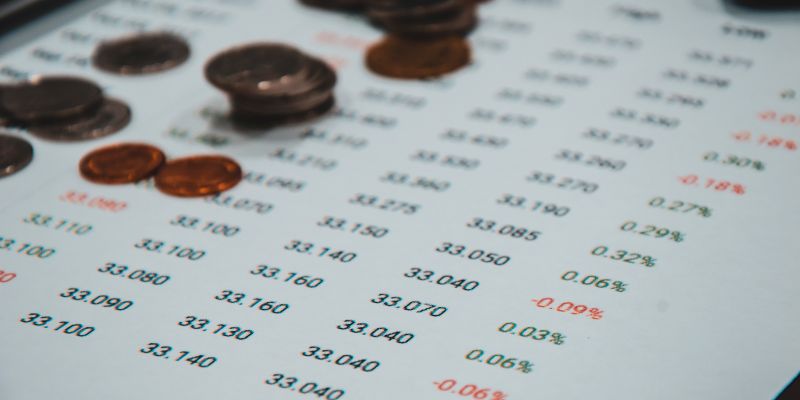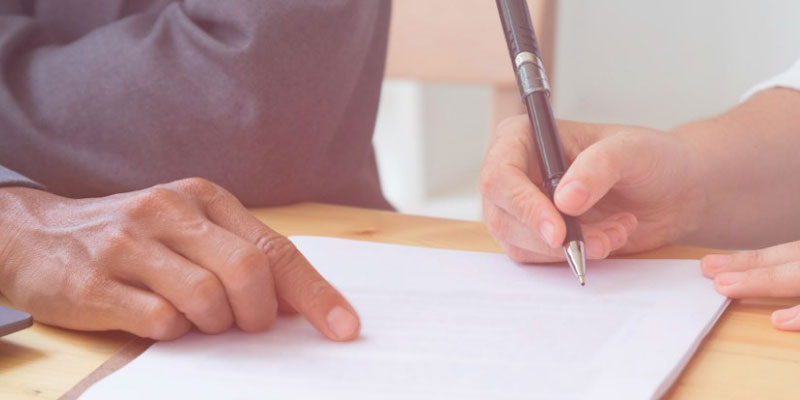The balance sheet constitutes the three primary financial statements and the income and cash flow statements. A balance sheet represents a snapshot of your financials at a certain time, as opposed to income statements and cash flow statements, which represent the ongoing activities of your organization over time.
Your firm's financial health is reflected in the balance sheet since it lists every transaction that has taken place from your company's inception. This data has various applications for investors, business owners, and accountants, including but not limited to determining the company's book value.
You can see how much money you've put in or how much debt you've accrued. Knowing what a company's balance sheet does and does not convey about a firm may help you make more informed investment decisions in conjunction with other financial papers.

What Is A Balance Sheet?
Among the many vital financial records, the balance sheet reflects the health of your business. A financial statement is a snapshot of a company's finances as of a certain date. Balance sheets are used by managerial accountants, business managers, and investors to get insight into a company's financial standing.
It is a financial statement that is used to report the "book value" of a business or organization. To this end, the balance sheet details and totals a company's assets, liabilities, and owner's equity as of a certain date; the balance sheet is also known as the "reporting date." In most cases, a balance sheet will be generated and disseminated once every three or every four months, depending on the reporting requirements set by law or business policy.
A Balance Sheet's Components
Assets
Anything a business owns that has worth in and of itself is considered an asset. A company can turn an asset into liquid funds through the liquidation process. Assets, which are recorded as positive numbers in a balance sheet, can be further subdivided into two groups which are current and noncurrent assets.
Liabilities
Contrast an asset with a liability. A company's liabilities are its obligations, whereas its assets are its possessions. In a balance sheet, liabilities appear as a negative number because they represent the company's legal and financial duty to pay a debt to its debtor.
Liabilities, like assets, may be divided into two classes those that must be settled immediately and those that can wait. The term current obligation describes debts expected to be paid off within a year.
Shareholders' Equity
In business parlance, "shareholders' equity" is the remaining assets or profits after all debts have been paid. The owner's equity is the amount remaining after deducting the claims of all third parties from the total value of the assets owned by the company.
There are normally two main components of owners' equity. One is monetary, the investment in the company that buys a stock or other ownership interests. The second is the business's retained earnings over time.
What Does A Balance Sheet Show About A Firm?
The balance sheet is regarded as one of the essential financial statements for a multitude of reasons. It is possible to acquire a complete picture of the health of a firm by looking at it both on its own and in conjunction with other financial statements, including the income statement and the cash flow statement.
Leverage
When analyzing a company's financing structure, one may determine the level of leverage the business maintains, revealing the level of financial risk the business is willing to accept. On the balance sheet, basic methods of evaluating leverage include comparing debt and equity as well as debt and total capital.
Liquidity
A picture of a company's liquidity may be obtained by contrasting its current assets with its current obligations. For the firm to meet its short-term commitments, its current assets should be higher than its current liabilities. There are other liquidity financial measurements, such as the Current and Quick Ratios.
Rates of Return
One way to evaluate a business's profitability is by looking at its income statement. Divide net income by shareholders' equity to get a return on equity (ROE), divide it by total assets to get the return on assets, and divide it by debt and equity to get the return on invested capital (ROIC).
Efficiency
It is feasible to evaluate the effectiveness of a company's utilization of its assets if one looks at the income statement in conjunction with the balance sheet. For instance, the Asset Turnover Ratio may be calculated by dividing revenue by the average total assets of the organization.
This ratio indicates how well the company converts assets into revenue. In addition, the working capital cycle illustrates how efficiently a firm handles its cash flow in the immediate future.

What Doesn't A Balance Sheet Show About A Firm?
There is no indication of performance on the balance sheet. The purpose of the revenue statement is to detail the amount of money brought in and the money spent during a specific period. The income statement will tell you how much money came in and went out and whether or not you made money during the period covered by the statement.
On the other hand, depending on whether you made a profit or a loss on the year, whatever is left over after the fiscal year is considered retained profits. Time is the most important factor not accounted for in a balance statement.
Keep in mind that this is only a snapshot—a representation of the health of your firm at a certain point in time. Its purpose is not to illustrate change over time, unlike income and cash flow statements, which are designed to do so.
Conclusion:
Even though balance sheets are useful for many people, including investors, analysts, and accountants, they are not without certain limitations. The financial data included on a company's balance sheet are only accurate as of the day they were prepared. As a result, you shouldn't put too much stock in a company's balance sheet to indicate how it will do in the future.




